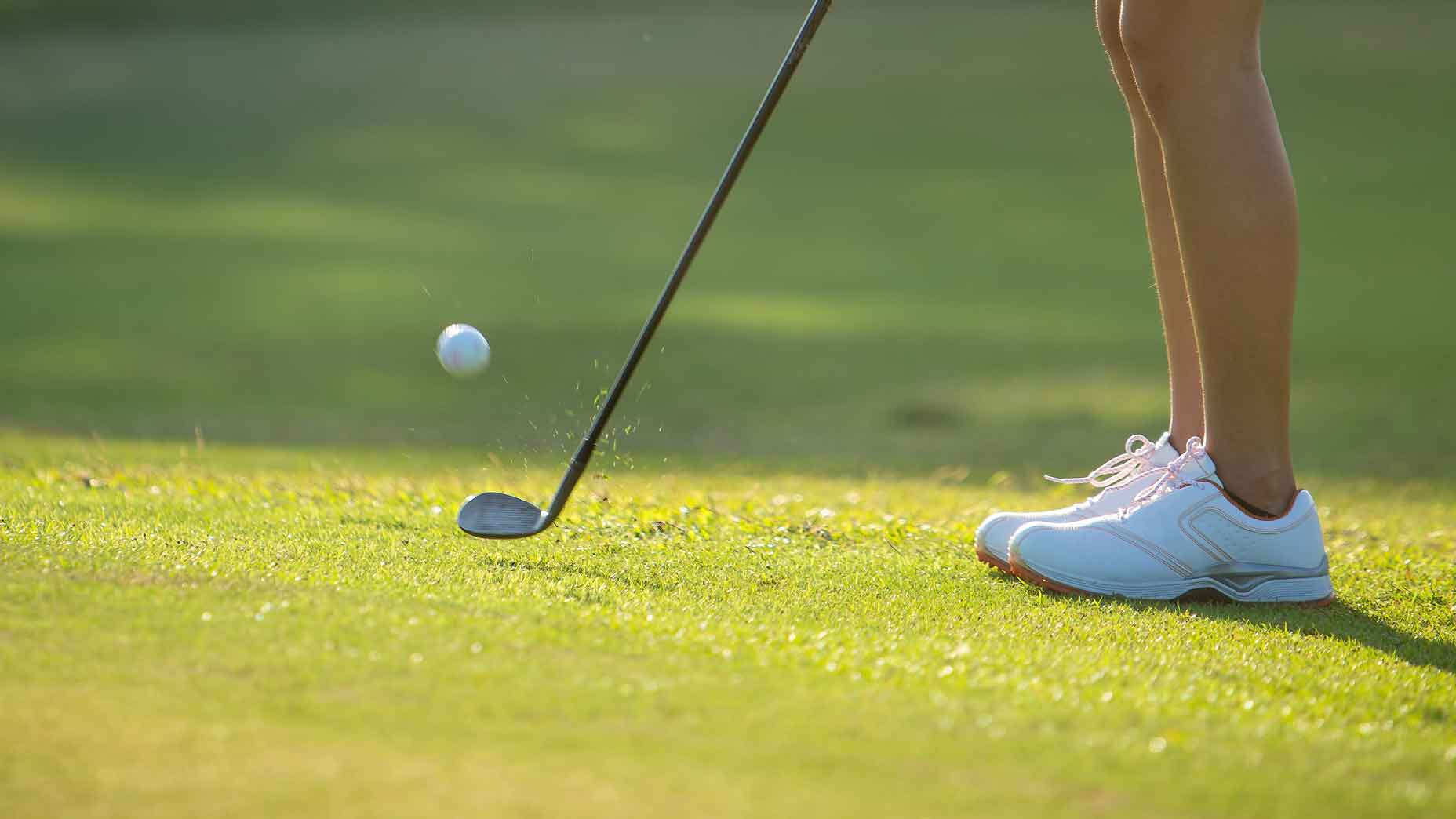 Here are 5 smart and simple tips to get better in 2026
Here are 5 smart and simple tips to get better in 2026
What’s the biggest difference between pros and amateurs? The answer may surprise you
Everyone who plays golf wants to shoot lower scores. Whether you’re a weekend hack who breaks 100 on a good day, or a Tour pro playing for millions of dollars each week, the thirst for signing a lower scorecard each time you tee it up is insatiable. The million-dollar question, however, is how do you ensure that you improve your scores on the course?
There are a host of ways you can improve your game. For the desperate (and those bad with money) among us, there are various magic clubs and swing aids populating infomercials that claim to be the answer to your golf prayers. Come to think of it, that may be where John Smoltz drew the inspiration to use his self-standing putter.
Another option is a classic: practice. Full candor, though this is the best bet for long-term results, it is also a time-consuming process that takes discipline and drive to pull off. Why not just pour money into a magic gadget instead?
ADVERTISEMENT
For those who want an option in between these two extremes, there is a simple way to help manage your scores, and it’s as simple as improved course management. Weekend warriors and Tour players might have a shared bond in the desire to see lower scores, but the similarities stop there.
Soaring drives and precise irons may seem like the biggest difference between amateurs and pros, but in reality, the biggest difference is the way each handles course management.
“Higher handicap players know how to take a four or five and turn it into a six,” said GOLF Top 100 Teacher Tony Ruggiero. “Good players go by the rule that you never ever follow a bad shot with trying to hit a great shot.”
In other words, good players know when to take their medicine and mitigate the damage when they get into trouble. Yes, there are exceptions. Phil Mickelson’s 6-iron from the pine straw right of No. 13 in the 2010 Masters is a legendary shot that would’ve never happened if he were playing “smart.” But Mickelson also possesses more talent in one finger nail than most people have in their entire bodies. It’s also worth noting that Mickelson tried a similarly Houdini-like escape act on the 72nd hole of the 2006 U.S. Open that didn’t treat him as kindly, resulting in a heartbreaking double bogey and one of six second-place finishes in the tournament he wants to win most. Maybe there is something to this course management thing.
There is nothing wrong with humility on the golf course, and learning how to apply it can be the difference between a good round and a bad one. Sure, your buddies might rib you for your punch-outs and layups, but that should stop when you start cleaning out their wallets every weekend.
“You’ve got to learn to take your medicine when you hit a bad shot,” Ruggiero said. “That’s what the Tour players do.”
To receive GOLF’s all-new newsletters, subscribe for free here.
ADVERTISEMENT







